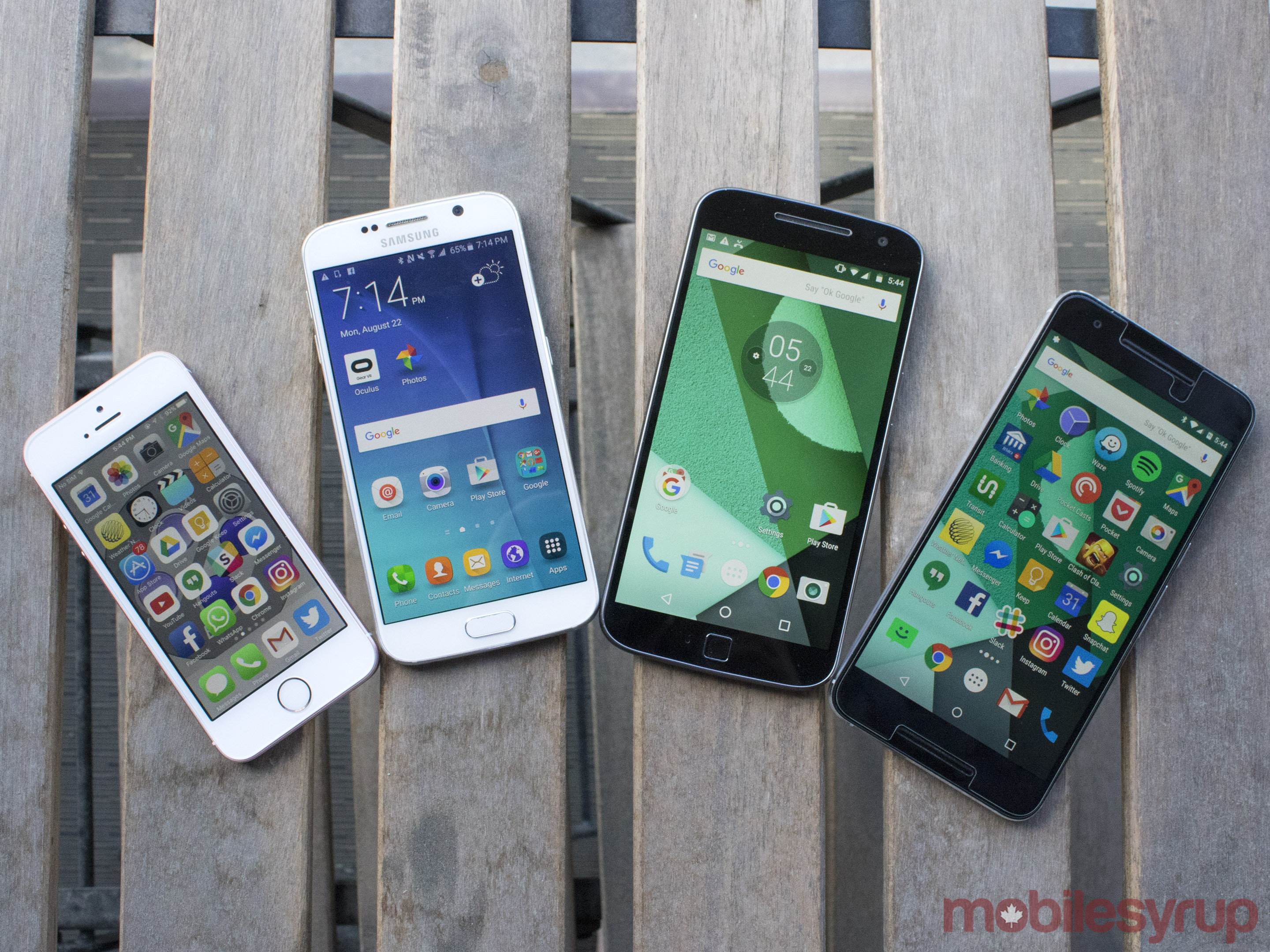
According to a recent report by the research firm IDC, smartphone sales may soon veer into a decline.
Worldwide smartphone sales are poised to reach $1.46 billion by in 2016, facilitating a year over year growth of 1.6 percent based on the latest research from the IDC Worldwide Quarterly Mobile Phone Tracker.
While these numbers still represent positive growth, this is down significantly from the 2015 annual growth levels of 10.4 percent. Much of the decline in 2016 is expected to come from developed regions, while developing countries still maintain positive growth rates.
On average, wealthy markets, such as the United States, Canada, Japan and Australia, are expected to report a compound growth rate of 0.2 percent in 2016, while emerging markets such as the Asia/Pacific and Central Europe, are expected to grow 5.4 percent year between 2015 and 2020.
“Growth in the smartphone market is quickly becoming reliant on replacing existing handsets rather than seeking new users. From a technological standpoint, smartphone innovation seems to be in a lull as consumers are becoming increasingly comfortable with ‘good enough’ smartphones.,” aid Jitesh Ubrani, a senior research analyst with IDC.
The report goes on to break down the market share by smartphone platform. Phones running Android comprise 85.3 percent of the marketshare and are forecasted to have a shipment volume of 1.2 billion, making Android the most widely utilized platform by a long shot. Phones running iOS will likely produce a shipping volume of 203 million devices, granting it a marketshare of 13.7 percent.
Unlike Android however, which is poised to experience a year on year growth of 6.7 percent, iOS devices will likely experience a scale back of 12 percent in 2016. Windows phones and other platforms together currently account for less than one percent of the total smartphone market.
The report goes on to state that the consumer desire for larger phones is set to continue, as interest in augmented reality and virtual reality continue to increase. Phablets, as a result, will grow from roughly one quarter of the smartphone market in 2016 to one third in 2020.
“As phablets gain in popularity, we expect to see a myriad of vendors further expanding their portfolio of large-screened devices but at more affordable price points compared to market leaders Samsung and Apple,” said Anthony Scarsella, research manager, Mobile Phones in a statement.
“Over the past two years, high-priced flagship phablets from the likes of Apple, Samsung, and LG have set the bar for power, performance, and design within the phablet category. Looking ahead, we anticipate many new ‘flagship type’ phablets to hit the market from both aspiring and traditional vendors that deliver similar features at considerably lower prices in both developed and emerging markets.
Related: Bell still Canada’s fastest network though competition continues to decline, PCMag reports
[source]IDC[/source]
MobileSyrup may earn a commission from purchases made via our links, which helps fund the journalism we provide free on our website. These links do not influence our editorial content. Support us here.


